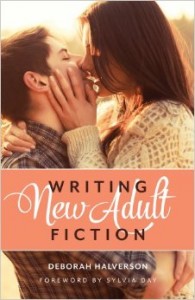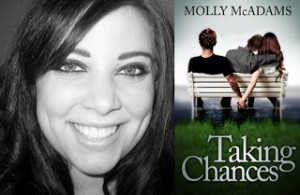Dear Readers…
Thank you for joining me to celebrate the publication of Writing New Adult Fiction, and congratulations to Devanie on winning yesterday’s grand finale Full Manuscript Edit giveaway. We’ll take week off from DearEditor.com updates in your inbox, then I’ll be back with the regular Q-and-A—starting with a writer who wants to know what makes “bestsellers that begin with backstory, like The Fault in Our Stars,” work in an age when in media res is the magic phrase.
Happy writing!
The Editor
Writing New Adult Fiction
Foreword by Sylvia Day
“For the writer who wants to become a new adult author, or the new adult author who seeks to enrich her craftsmanship and stand out from the herd.” — Tammara Webber, New York Times best-selling author of Easy and Breakable
 A guide for writers of New Adult fiction, featuring essential information and techniques for creating engaging stories featuring 18- to 25-year-old protagonists against the backdrop of the new adult experience. Includes advice on self-publishing in the NA marketplace and self-marketing. Find insights from best-selling NA authors as well as editors and agents.
A guide for writers of New Adult fiction, featuring essential information and techniques for creating engaging stories featuring 18- to 25-year-old protagonists against the backdrop of the new adult experience. Includes advice on self-publishing in the NA marketplace and self-marketing. Find insights from best-selling NA authors as well as editors and agents.

 “This book is more than a marketing guide, more than a writing manual, more than a compilation of stories about successful authors. For the writer who wants to become a new adult author, or the new adult author who seeks to enrich her craftsmanship and stand out from the herd, this book has an abundance of information.”
“This book is more than a marketing guide, more than a writing manual, more than a compilation of stories about successful authors. For the writer who wants to become a new adult author, or the new adult author who seeks to enrich her craftsmanship and stand out from the herd, this book has an abundance of information.” 